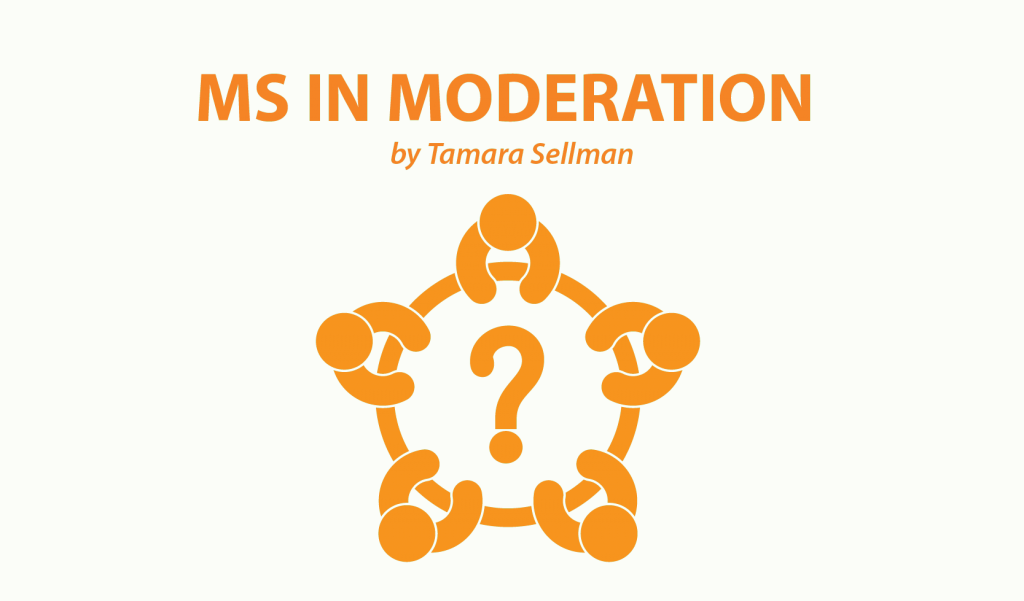The MS Alphabet: Lhermitte’s, LDN, Lymphopenia, and other ‘L’ words
Written by |


Editor’s note: Tamara Sellman continues her occasional series on the MS alphabet with the second of two columns about terms starting with the letter “L.”
Symptoms of MS
Lhermitte’s Sign
Otherwise known as “barber chair sign,” Lhermitte’s sign describes an intense shock-like pain racing down the back and into the arms and legs when the neck is moved. This painful sensation is the result of impeded or disrupted nerve signals between the brain and the rest of the body.
Many people with MS experience Lhermitte’s sign, especially at first diagnosis. It is frequently triggered by stress, overwork, or overheating.
While this MS symptom is incredibly uncomfortable and distracting, it’s not dangerous and may even go away on its own.
Some people with MS who suffer from Lhermitte’s apply a transcutaneous electrical nerve stimulation (TENS) unit to the muscular areas along the back of the neck and shoulders for temporary relief, while others seek out massage or yoga to help keep the muscles of the neck loose and to encourage better joint movement.
For severe cases, muscle relaxants or other medications also may be useful.
MS abbreviations
LDN (Low-Dose Naltrexone)
Low-dose naltrexone (LDN) refers to a low-dose and off-label oral treatment for MS using the drug naltrexone.
Naltrexone is a power anti-opioid agent usually used to treat opiate or alcohol dependence, but in lower doses, has been shown in recent research to have a positive impact as an MS treatment.
LDN has been shown to reduce symptom severity in MS by functioning as an anti-inflammatory agent in the central nervous system. One recent study suggested that LDN may be “one of the first glial cell modulators to be used for the management of chronic pain disorders.”
Currently, LDN is considered a novel or experimental treatment, and as such, is not yet approved by the U.S. Food and Drug Administration to treat MS.
Common MS terms
Lesion Load
This term describes the quantity and nature of lesions found in the central nervous system of a person with MS.
During diagnosis, and in subsequent reviews of MRIs, lesions are quantified by how many exist, what their sizes are, where they are located on the brain or spine, and how active they are.
Lesion load also may indicate the likelihood of certain kinds of symptoms, though placement and size of a lesion does not always dictate symptom severity.
Some people may have very large lesions but few symptoms, while others may have many smaller lesions and yet are almost disabled by them.
Recent research, however, suggests that, in the case of cognitive function, lesions on the brain’s white matter (the nerves that carry impulses to and from the brain) may be a reliable predictor of long-term cognitive outcomes. In other words, the more lesion load on the white matter, the more likely there will be long-term cognitive dysfunction.
The biology of MS
Lymphopenia
This describes a condition of the immune system that can occur in MS patients using certain disease-modifying drugs to treat their disease.
Those who use Tecfidera (dimethyl fumarate, or BG-12) or Tysabri (natalizumab) have been found to be at an increased risk for developing lymphopenia.
Someone taking either of these drugs who has been found to be JC-positive (aka John Cunningham virus) and who develops lymphopenia, is at a higher risk for developing a potentially deadly, though rare, secondary brain infection known as progressive multifocal leukoencephalopathy (PML).
It is important to note that many individual factors must be present for PML to occur, and that it is extremely rare, occurring in only 0.2 of every 100,000 patients with MS who do not also have HIV or a form of cancer.
MS treatments
Levsin
Generically known as hyoscyamine, this medication is prescribed for the treatment of cramps and muscle spasms affecting the function of various aspects of the alimentary canal, such as the bladder, bowel, stomach, and esophagus.
This drug works by decreasing muscle activity in the intestine and lower urinary tract.
Levsin is taken orally as a sublingual pill. Among its most common side effects are blurry vision, dry eyes, and constipation.
***
Note: Multiple Sclerosis News Today is strictly a news and information website about the disease. It does not provide medical advice, diagnosis, or treatment. This content is not intended to be a substitute for professional medical advice, diagnosis, or treatment. Always seek the advice of your physician or other qualified health provider with any questions you may have regarding a medical condition. Never disregard professional medical advice or delay in seeking it because of something you have read on this website. The opinions expressed in this column are not those of Multiple Sclerosis News Today or its parent company, Bionews Services, and are intended to spark discussion about issues pertaining to multiple sclerosis.






Leave a comment
Fill in the required fields to post. Your email address will not be published.